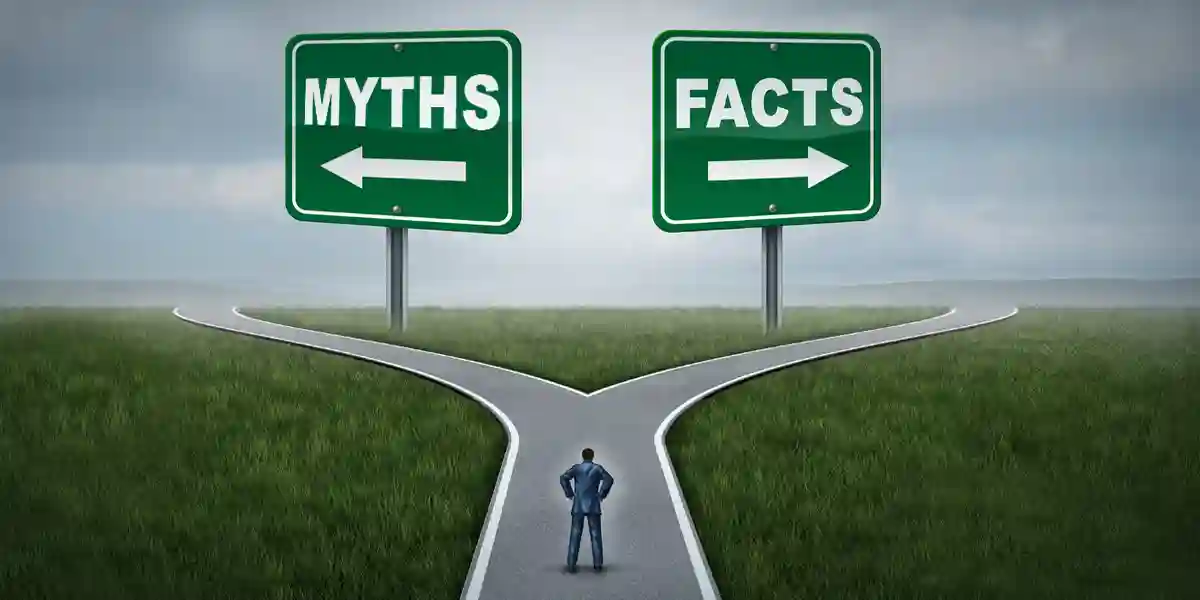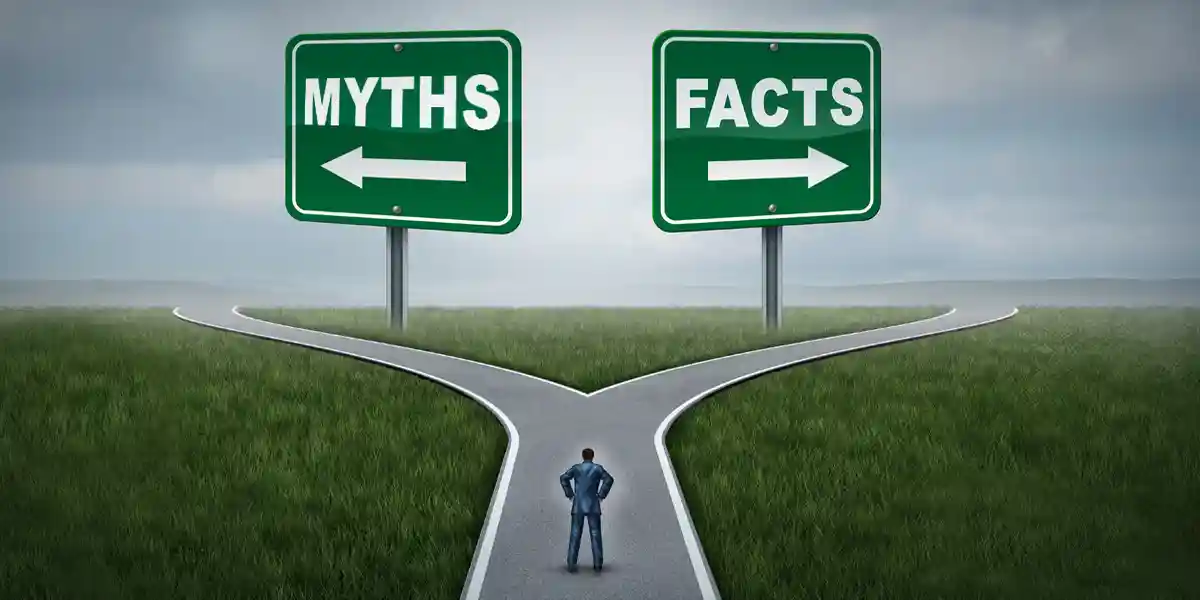by Mark Smedley
In today’s environment, where increasing bodies of evidence tell us the problem of unconscious bias is greatly affecting organizational decision making—and with high-profile cases of gender and racial discrimination in the workplace becoming part of the national conversation—organizations are increasingly focused on minimizing the impact unconscious bias has on how we make decisions about people.
In a previous blog, my DDI colleague Tom Skiba wrote about how bias can come into play when identifying potential. In this piece I am going to cover a broader area: three dangerous myths that we must be willing to confront and debunk to make progress on addressing the problem of unconscious bias.
Myth #1: Not everyone has unconscious biases … especially not me!
To deny that any of us could make decisions free from unconscious processes running in the background of our minds is to deny the very nature of how our brains work. Cognitive neuroscientists estimate that as much as 95 percent of brain activity is beyond our conscious awareness, whereas only about 5 percent is generated in a conscious manner.
Our brains have evolved over the millennia to rapidly categorize information to make sense of the world. When our ancestors were living in more physically dangerous environments, it was to their advantage—and survival—to be able to quickly determine whether something was familiar (i.e., safe) or unfamiliar (i.e., potentially dangerous).
There are many modern-day advantages to these mental shortcuts. In a world where we are bombarded with millions of bits of data per day, how disadvantaged would we be if we weren’t able to automatically filter out the irrelevant? If we relied only on conscious processes, that filtering would be just about all our brains would be able to do.
The problem arises when unconscious processes cause us to make decisions and behave in ways that run counter to logic and to our values.
Think for a moment about the extent to which you believe the following statements are true:
- Breaking a mirror will lead to seven years bad luck.
- Exercise tends to make people healthier.
- Tall men are the best leaders.
For the first statement, you likely know this a belief some people hold superficially (and that might briefly flicker onto your consciousness if you shattered a mirror). It is, however, unlikely to inform your thoughts and actions significantly. You have an awareness that some people believe this, but you do not endorse it as true.
As for the second statement, you know it to be a common belief and, therefore, you likely endorse it as true yourself. Perhaps you’ve consciously integrated this belief at a time when you were trying to improve your own health.
For the third statement, I’d venture to guess that you would dismiss it as untrue. One analysis of Fortune 500 CEOs, however, revealed that 58 percent were six feet or taller (as compared to 14.5 percent of all U.S. men) and just 6 percent were women (as compared to women’s 57 percent representation in the total workforce). Few of us would agree that “tall men are the best leaders” or even think of this as a commonly-held belief. Yet, as the statistics above about CEOs show, as a society, we’ve managed to integrate it into the ways we make decisions about people.
Thus, we have uncovered a blind spot, an instance of unconscious bias creeping into our decision-making in ways we don’t think we’re susceptible. We’d all like to think that if we had the privilege of picking our company’s next CEO, we’d select the person with the best résumé, the one who has the best vision for the organization’s future direction, etc.
The data would suggest, however, that we may be influenced by our mind’s tendency to categorize information and subconsciously retrieve the answer to the question, "What does a leader look like?" This data might bias us towards picking a leader with characteristics like other leaders we’ve encountered in the past.
Myth #2: When our decisions are affected by unconscious bias, we have an intent to discriminate against a group we dislike.
Several years ago, I was involved in an organization’s talent review process in which hospital-level operational leaders were being considered for more strategic system-level roles. It was, unfortunately, not all that surprising to hear comments with echoes of unconscious bias against the female candidates (“She just doesn’t have executive presence” or “She has a growing family; I doubt she’d even want this job”). What I found more surprising was that the comments were made equally by the male and female members of the panel.
Do I think these female executives had hatched some nefarious plot to keep other women out of their ranks? I do not. Instead, this is a manifestation of one truth about unconscious bias: we can fall victim to it even when it causes us to behave in direct opposition to our own values or self-interests.
This myth is, in my opinion, the most harmful one about unconscious bias. If we equate unconscious bias to a desire to discriminate, any discussion of bias leads to feelings of guilt and shame. Those feelings do not lead to positive action or course correction; they lead to defensiveness and denial.
Let’s positively reframe this one. When we recognize we’ve inadvertently fallen prey to unconscious bias in our decision-making, we should congratulate ourselves for having elevated the unconscious to the conscious—and then take the appropriate steps to correct ourselves and minimize the chances of making the same mistake in the future.
Myth #3: The only thing HR can do to reduce the impact of this problem is offer unconscious bias training.
To mitigate the effects of unconscious bias on decisions about whom to hire and promote, organizations have collectively invested millions of dollars in unconscious bias training—learning aimed at bringing the problem of this kind of bias to leaders’ attention and offering strategies to help reduce biased decision-making.
This kind of training is an incredibly helpful first step. I would also argue that it is not enough. I liken unconscious bias training to going to the doctor and being diagnosed with high cholesterol. Your doctor will bring your problem to your attention and offer you suggestions for how you should address it (e.g., adjust your diet, exercise more, consider taking medication).
If that first visit to your physician was where your treatment began and ended, how likely would you be to successfully address the problem? Without ongoing monitoring, guidance, and accountability, might you easily revert to your old ways of behaving?
Because unconscious bias is, by definition, occurring outside of our consciousness, building awareness is not enough. Bias cannot be eliminated, but it can be managed.
How do top organizations do this? They introduce bias disrupters; that is, they implement systematic processes for making decisions about people that manage the extent to which bias can take hold.
One finding from DDI’s Global Leadership Forecast 2018 reveals the talent practices organizations that have reached an above-average level of gender diversity execute more consistently and successfully than others.
What I find so encouraging about this research is these practices that reduce bias and promote diversity–high-quality development plans for everyone, fair and objective talent reviews, data-based hiring and promotion decisions—are components of any best-in-class talent function, irrespective of the intent to reduce unconscious bias.
The power of “upping our efforts”
Many of us in the HR field are passionate advocates for improving diversity within our organizations. The idea that by upping our efforts in the aforementioned areas we not only elevate our leadership practices—but also help improve diversity—can infuse our work with the extra passion, enthusiasm, and mission focus required to achieve great things for our organizations.
And that is no myth.
Learn how to build your organization's competitive edge through diversity and inclusiion. Download the eBook, Unleash Hidden Potential.
Mark Smedley is a Client Relationship Manager for DDI. He works with healthcare organizations to design and implement their leadership strategies. When not at work, Mark enjoys spending time traveling, as well as continuously searching his adopted hometown of Atlanta to find the definitive best cup of coffee and best guacamole.
Topics covered in this blog

